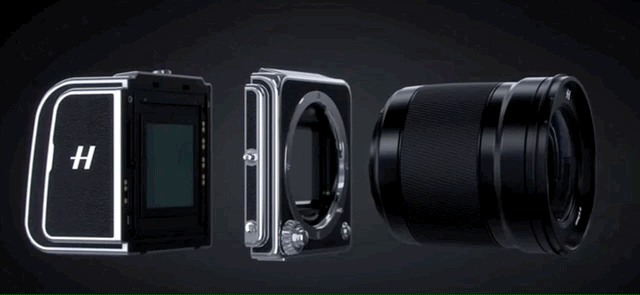While mirrorless cameras accelerate into the future, medium format models are hearkening unto the past — and Hasselblad [1] is chief among them. Its new digital back fits lenses going back to the ’50s, and the tiny 907X camera body is about as lovely a throwback as one can imagine.
The new set of systems, announced today[2], are somewhat different from what most people are used to. Most interchangeable-lens systems, like Canon and Nikon’s DSLRs and Olympus and Fujifilm’s mirrorless cameras, generally have two parts: a lens and a body, in the latter of which is found the image sensor.
Hasselblad does make cameras like that, and in fact introduced a dandy-looking new one today, the X1D II 50C (just try to keep track of these names). But the more interesting item by far to me is the CFV II digital back and 907X camera body.

Unlike a traditional DSLR, digital backs are essentially just giant sensors; they fit where the medium format film would have gone and collect light in its place. But they also need a camera unit to do the heavy lifting of parsing all those pixels — about 50 million of them in this case.
What’s nice about this is that you can attach a modern back and camera unit to a lens decades old — you could also attach a modern one, but why? Part of the fun of medium format is using equipment from the distant past, and shooting in some ways the same way someone might have shot a century ago.
The system Hasselblad introduced today is one of the most compact you’ll find, packing all the processing power needed into an enclosure that’s hardly bigger than the lens...